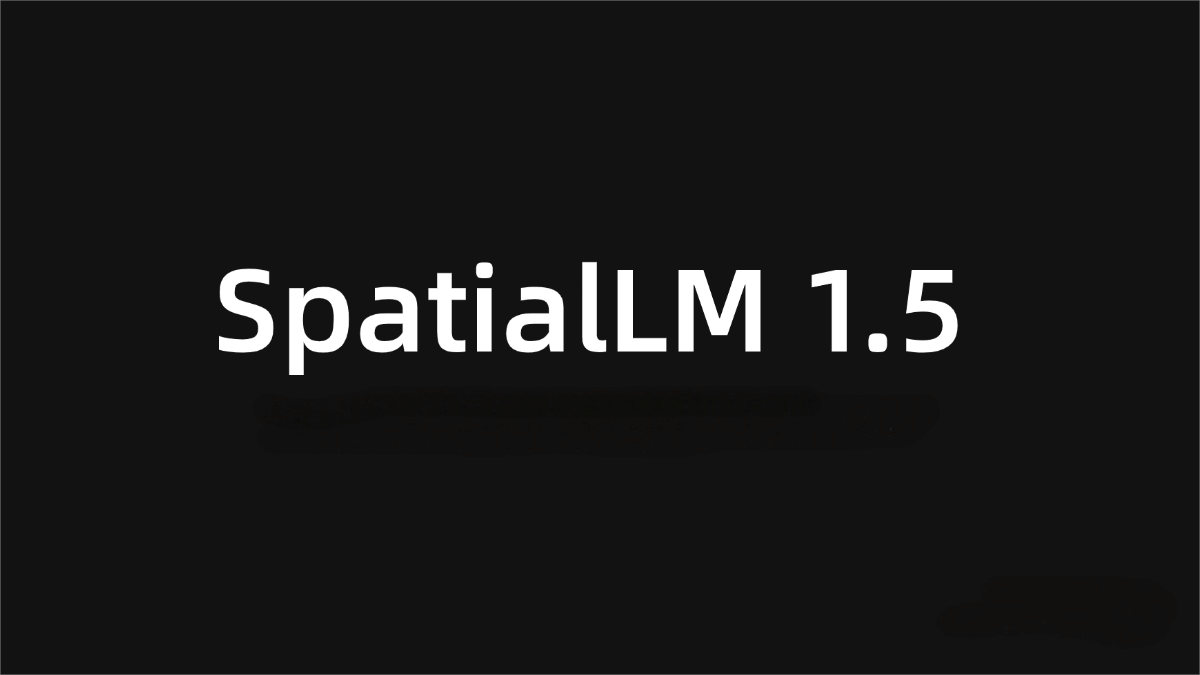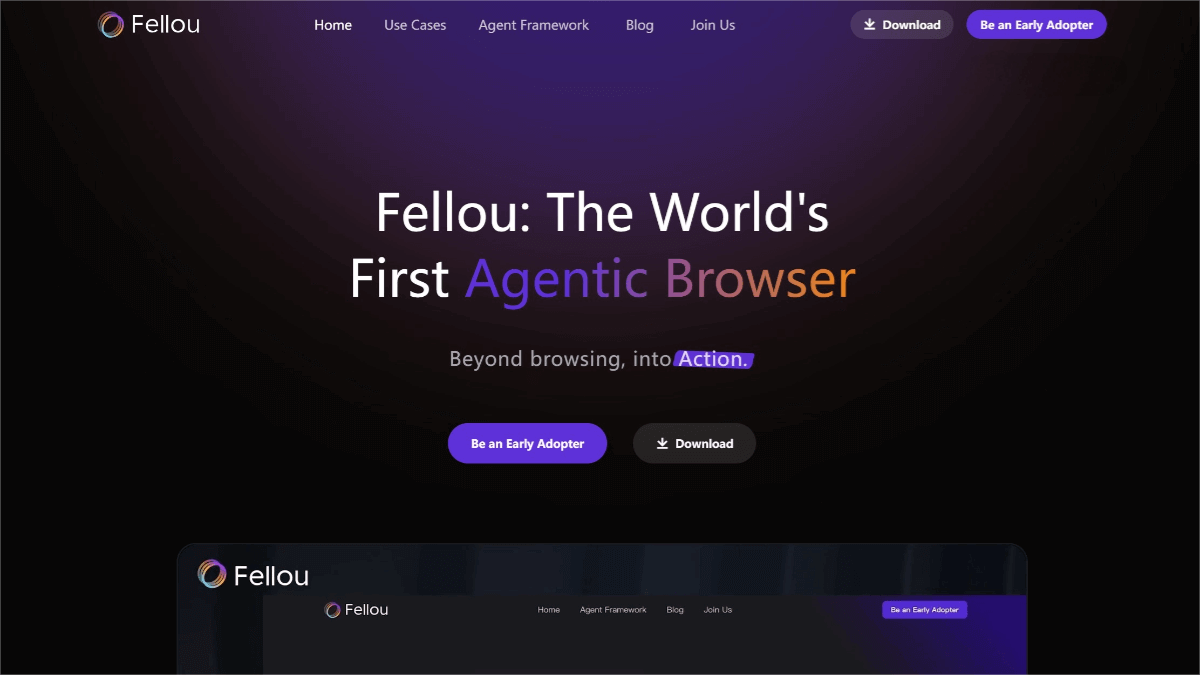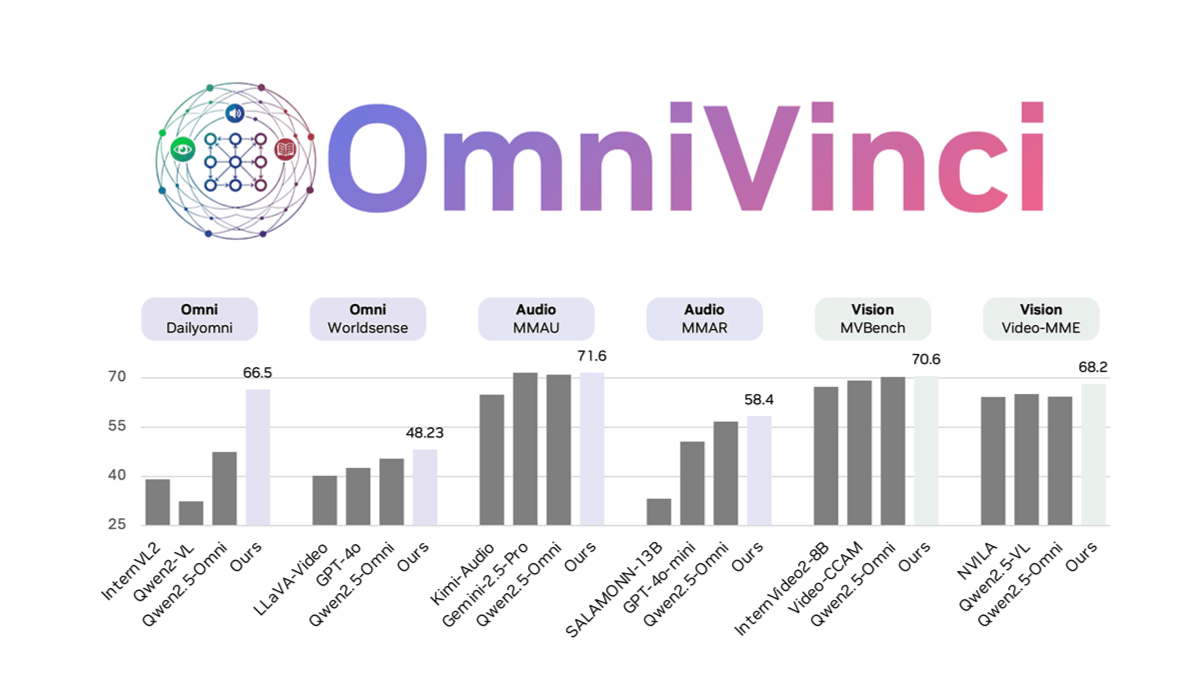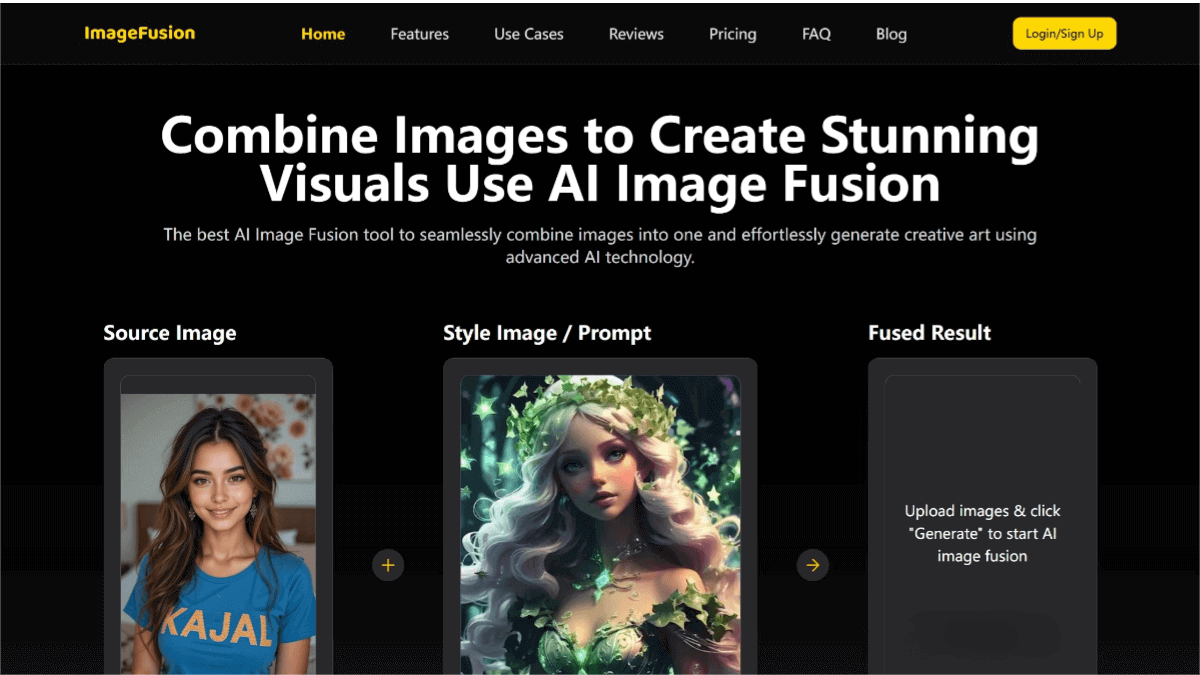What is SpatialLM 1.5?
SpatialLM 1.5 is a powerful spatial language model released by Qunhe Technology. The model is trained based on large language models and can understand natural language instructions, producing spatial language that includes spatial structures, object relationships, and physical parameters. Through the conversational interaction system SpatialLM-Chat, users can generate structured 3D scenes from simple text descriptions. The model can also answer questions about or edit existing scenes. For example, by inputting “generate a living room suitable for elderly residents,” the model can intelligently match furniture models, complete the layout, and add details such as anti-slip handrails. SpatialLM 1.5 can be applied to interior design and provide interactive scene information for tasks such as robotic path planning, helping to solve challenges related to robot training data.

Key Features of SpatialLM 1.5
-
Natural Language Understanding and Interaction: The model can understand user input in natural language and generate corresponding 3D scenes based on instructions.
-
Structured Scene Generation: It outputs “spatial language” containing spatial structures, object relationships, and physical parameters, enabling structured 3D scene generation and supporting parameterized scene creation and editing.
-
Scene Q&A and Editing: Users can ask questions or make edits to generated scenes via natural language, such as “How many doors are in the living room?” or “Add a painting on the wall.”
-
Support for Robot Training: Generated scenes contain physically accurate structured information that can be used for robot path planning, obstacle avoidance training, and task execution, addressing the shortage of training data for robots.
Technical Principles of SpatialLM 1.5
-
Large Language Model Enhancement: Built on large language models like GPT, the model integrates 3D spatial description capabilities to create an enhanced model that understands natural language and can comprehend, reason about, and edit indoor scenes in a programming-like manner.
-
Structured Output: The “spatial language” output contains spatial structures, object relationships, and physical parameters, supporting parameterized scene generation and editing, providing essential interactive scene information for robotic path planning tasks.
-
Conversational Interaction System: Through the SpatialLM-Chat system, users can easily interact with the model to generate, edit, and query scenes.
Application Scenarios of SpatialLM 1.5
-
Interior Design and Renovation: Generate interior design plans tailored to different needs, such as elderly or children’s rooms, with real-time editing and optimization to improve design efficiency and user experience.
-
Robot Training and Simulation: The structured 3D scenes generated contain physical parameter information, which can be used for robot path planning and obstacle avoidance training, addressing the shortage of training data and improving training effectiveness.
-
Virtual Reality (VR) and Augmented Reality (AR): Quickly generate 3D scenes in virtual environments, providing immersive experiences for VR and AR applications, such as virtual museums and classrooms.
-
Architectural Design and Planning: Generate detailed 3D indoor scenes to help architects and planners present design schemes, conduct virtual walkthroughs, and evaluate effects, allowing potential issues to be identified and resolved in advance.
-
Education and Training: Create virtual historical scenes, scientific laboratories, and more, enabling immersive learning in education and training, enhancing engagement, interactivity, and learning outcomes.




